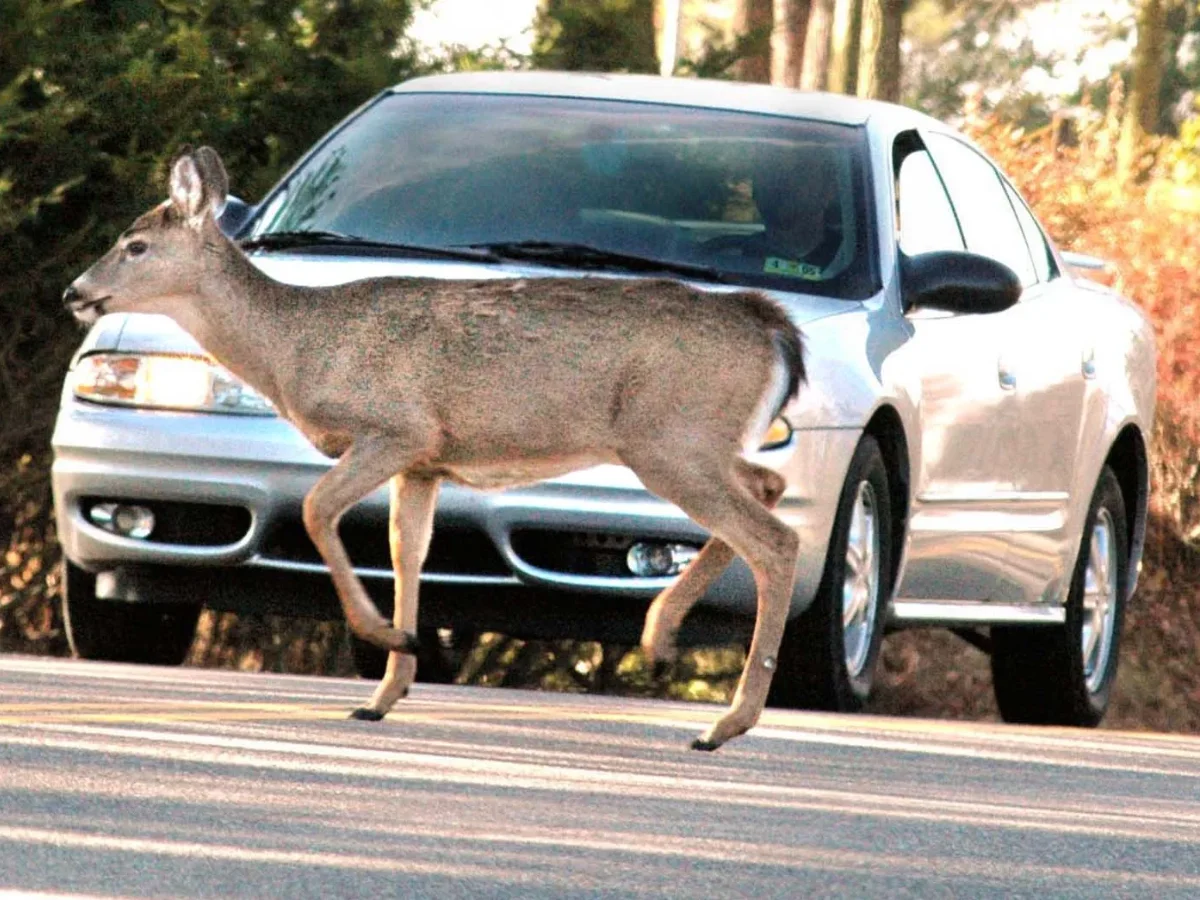Introduction
The perplexing behavior of deer jumping in front of cars has long been a source of curiosity and frustration for drivers. In this article, we will explore this phenomenon, seeking to understand why these graceful creatures sometimes leap into the path of oncoming vehicles.
1. The Enigmatic Behavior
Deer collisions with vehicles have become increasingly common, raising questions about why these animals appear to have a penchant for darting across the road right in front of cars. To comprehend this behavior, we must delve deeper into the world of deer and their instincts.
2. The Startling Statistics
Before we examine the reasons behind this phenomenon, it’s important to grasp the magnitude of the issue. Deer-vehicle collisions are responsible for thousands of accidents, injuries, and fatalities each year. These incidents result in significant damage to vehicles and emotional distress for drivers.
3. A Look into Deer Psychology
To understand why deer jump in front of cars, we need to consider the psychology of these creatures. Deer are crepuscular animals, meaning they are most active during dawn and dusk. During these times, they often forage for food and interact with other deer.
4. Theories and Explanations
Several theories attempt to shed light on why deer might engage in this risky behavior:
a. Misjudgment of Speed
- One theory posits that deer have difficulty gauging the speed of approaching vehicles. They may perceive an oncoming car as moving slower than it actually is, leading to misjudgment during their crossing.
b. Attempted Evasion
- When deer feel threatened or startled, they often resort to sudden and unpredictable movements. Some experts suggest that when confronted by the noise and lights of a vehicle, deer instinctively leap in an attempt to evade danger, inadvertently placing themselves in harm’s way.
c. Territorial Behavior
- Another hypothesis proposes that deer may view the road as a territorial boundary. In their bid to protect their territory, they may jump onto the road.
5. Tips for Drivers
Preventing deer collisions requires caution and vigilance. Here are some tips to reduce the risk:
- Reduce Speed: Drive at or below the posted speed limit, especially in areas known for high deer populations.
- Stay Alert: Pay close attention to “deer crossing” signs and be on the lookout for any movement along the road’s edge.
- Use High Beams: When driving at night, use high beams when there is no oncoming traffic to increase your visibility.
6. Conclusion
While the behavior of deer leaping in front of cars remains a mysterious phenomenon, it is crucial for drivers to be aware of the potential risks and take preventive measures. Understanding deer behavior and the contributing factors can help reduce the frequency of deer-vehicle collisions, ensuring safer roads for both humans and wildlife.
7. FAQs
1. Are deer collisions more common in rural or urban areas?
- Deer collisions are more common in rural areas, but they can occur in urban areas, especially near parks or green spaces.
2. Do deer collisions always result in vehicle damage?
- Not all deer collisions result in vehicle damage, but they can pose a risk to drivers and passengers.
3. Are there any effective deer deterrents for vehicles?
- Some devices emit high-frequency sounds or use flashing lights to deter deer, but their effectiveness varies.
4. Do deer collisions increase during mating season?
- Yes, deer collisions often increase during the mating season (rut) when deer are more active and less cautious.
5. Can insurance cover the damages from a deer collision?
- Yes, comprehensive auto insurance typically covers damages from deer collisions, subject to deductibles and policy terms. Read more: https://lookupin.co.uk/
